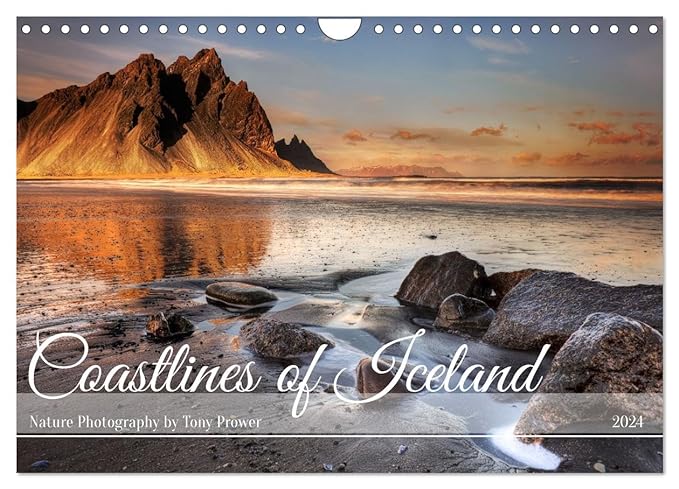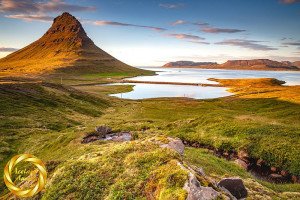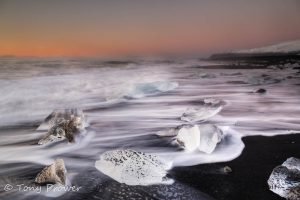The need for lines in a telephoto composition.
I can’t really claim myself to be an expert in the use of telephoto lenses. I have only really scratched the surface of the whole concept of telephoto landscapes. A few years ago, I argued that there is no such thing as a a telephoto landscape, since it is so difficult to include a foreground. Since the purchase of my Canon Ef 135mm f/2L for Aunties horse back adventure, I have played around with some hand-held work, whenever things are not right with my EF 24mm f/1.4
Review early photos
One thing which is obvious when I play back through the shots is that I see how I am working on a frame getting slightly closer to the correct composition. It can be useful to study your work like this sometimes. Have a look at this sequence of shots from one of our Winter workshops. See how I adapt the composition with each frame until I find the desired frame. What seems clear is that there can be different rules of composition depending on your focal length.
Canon EF 135mm f/2L.

Frame 1

Frame 2
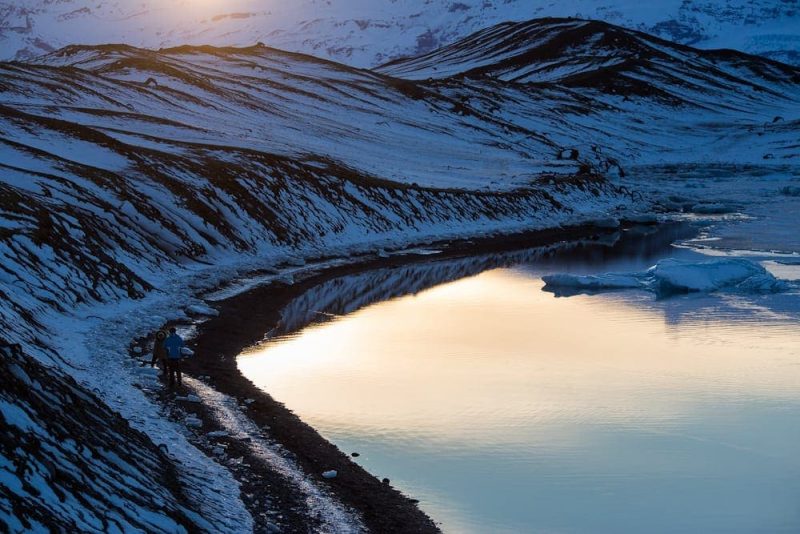
Frame 3
Recomposing with 135mm
There are a couple of things I am trying to do in the photos above until I eventually get to Frame 3. I am moving away from the sun which is dominating the exposure, when I get rid of the sun in Frame 2, I have noticed that the lines don’t quite balance the frame. Frame 3 I straighten the composition and I have realised that if I get a nice line on the top of the moraine close to the edge of the frame (which also has to be considered a “Line”), I would also have a nice balance of light and shade in the bottom part of the frame.
As a side note, I never saw the couple until I got these images home. I would never use the image in terms of publishing, but as a demonstration, the 3 frames show how important lines are when there is no foreground. With out a foreground, lines are so useful for leading the eye in a landscape.
Power of Lines:
- lead the eye
- make shapes
- define boundaries (including the edge of the frame).
- make partitions
- establish proportions

Even when a photographer runs into your shot (away from the waves), the usefulness of lines in the shot is apparent.
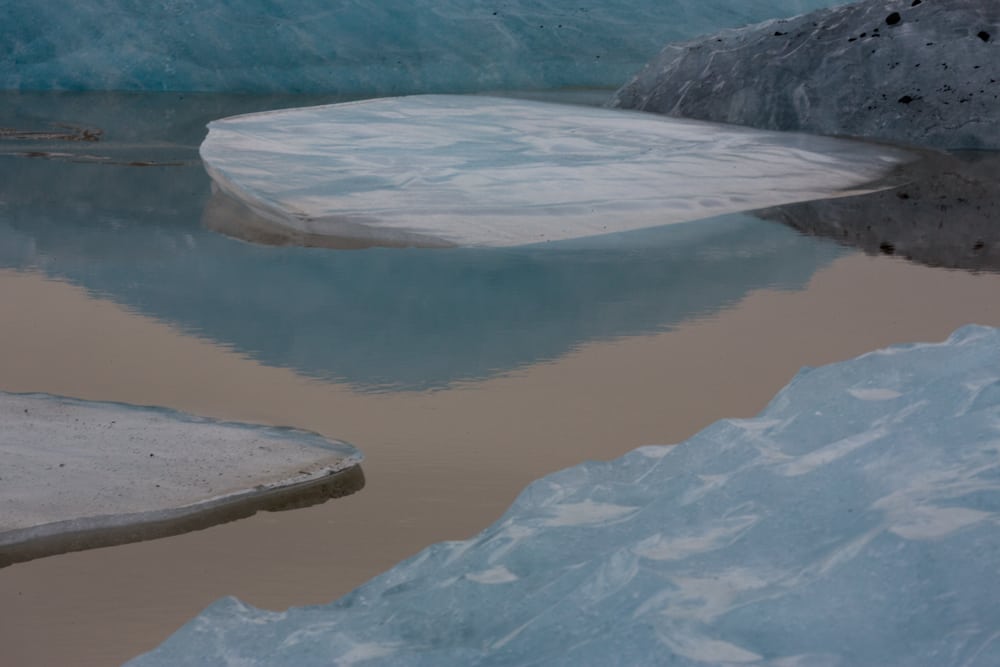
When you know to look for the lines, you can have some fun.
What I then noticed is that some of these things I was learning with my 135mm, I was trying to apply to my 24mm images. Maybe I already had “Line Awareness” in my wider compositions, for example to look for leading edges of a foreground. Maybe I have learnt nothing, but I feel that that area of the brain which looks for lines has had a really good workout lately. Read part two how these lines give us proportions.
Remember: what you learn with a prime lens is in a different league!!
Long lens pros & cons
When composing a photo with a telephoto lens, there are several things to keep in mind.
- Con, long lenses need faster shutter speeds (even on a tripod, they can capture camera shake).
- Con, small apertures require a slower shutter speed & even then, don’t have a great depth of field.
- Pro, with a telephoto lens, you can capture images from further away.
- Pro, using telephoto compression, you can capture unique perspectives.
More Telephoto Tips
- Watch for elements in the background that may distract from the main subject of your photo.
- Make sure you are using a vantage point that will capture the most interesting elements of your scene.
Telephoto Compression
Telephoto compression is a visual illusion where a background object can appear very large in relation to a closer object. A classic example is the famous photo from the E.T. movie. The moon appears to be huge. This illusion is produced with a very long lens. Although the E.T. scene is produced by visual effects, the illusion is real. Imagine taking the same photo of the boy flying on a bicycle, but with a wide angle lens. The moon would be smaller than the boy’s head.
Conclusion
The conclusion to this article is that telephoto lenses can be used to create stunning landscape photos, but it takes a bit of planning and practice to get it right. With a bit of experimenting and patience, I believe anyone can learn how to master the art of telephoto landscape compositions using lines as a guiding force. The trick is to look for natural lines in the landscape, like rivers, roads, or valleys and use them to create stunning compositions. Additionally, considering the timing of your shoot and the direction of the sun can be beneficial in order to create a picture that really stands out.



